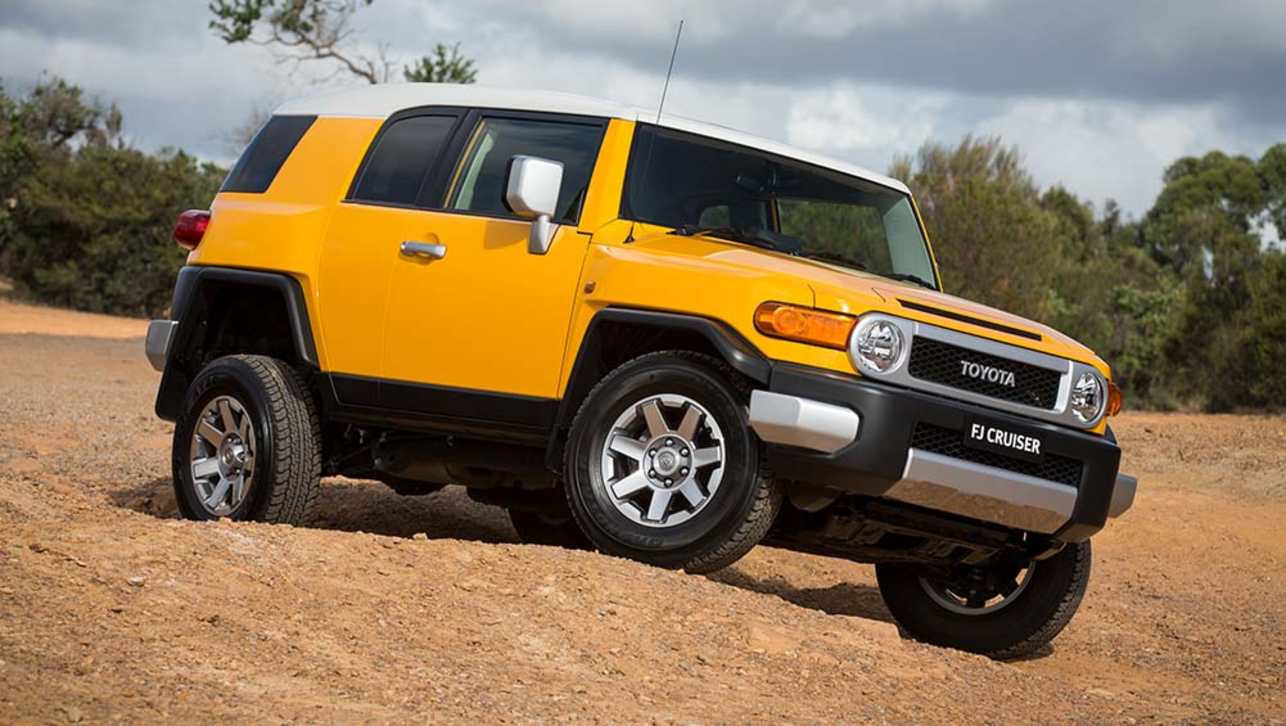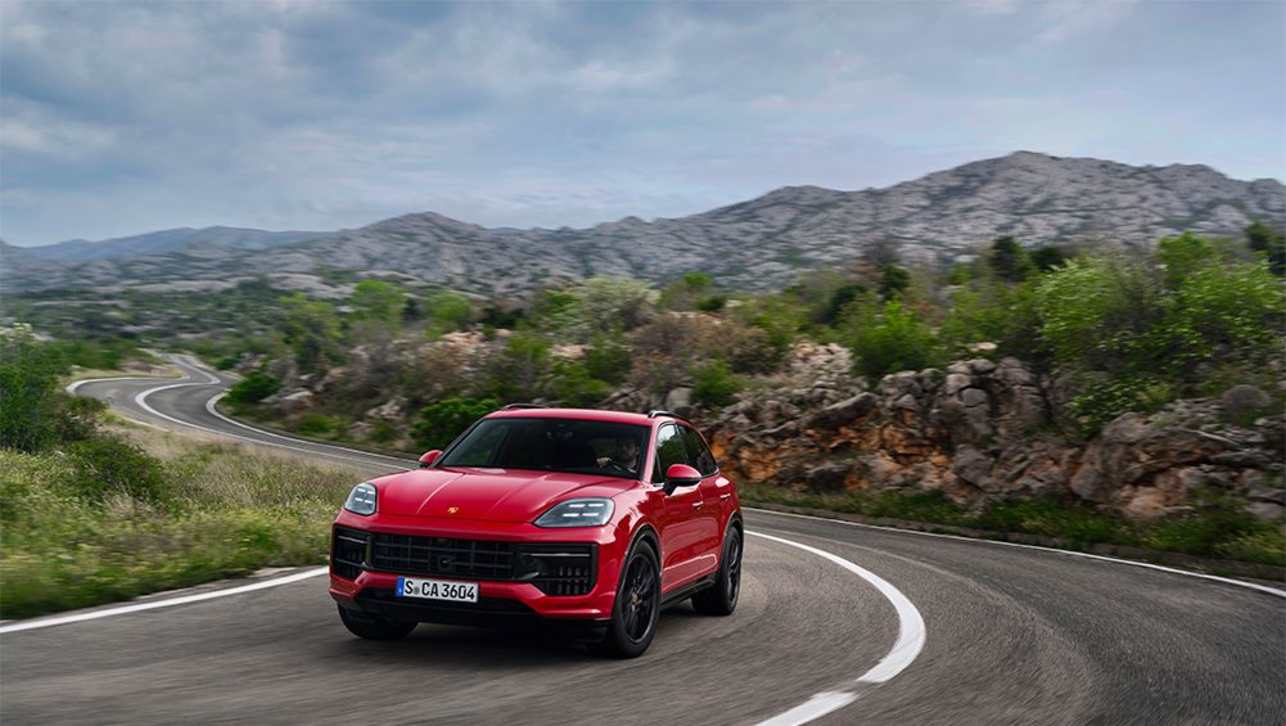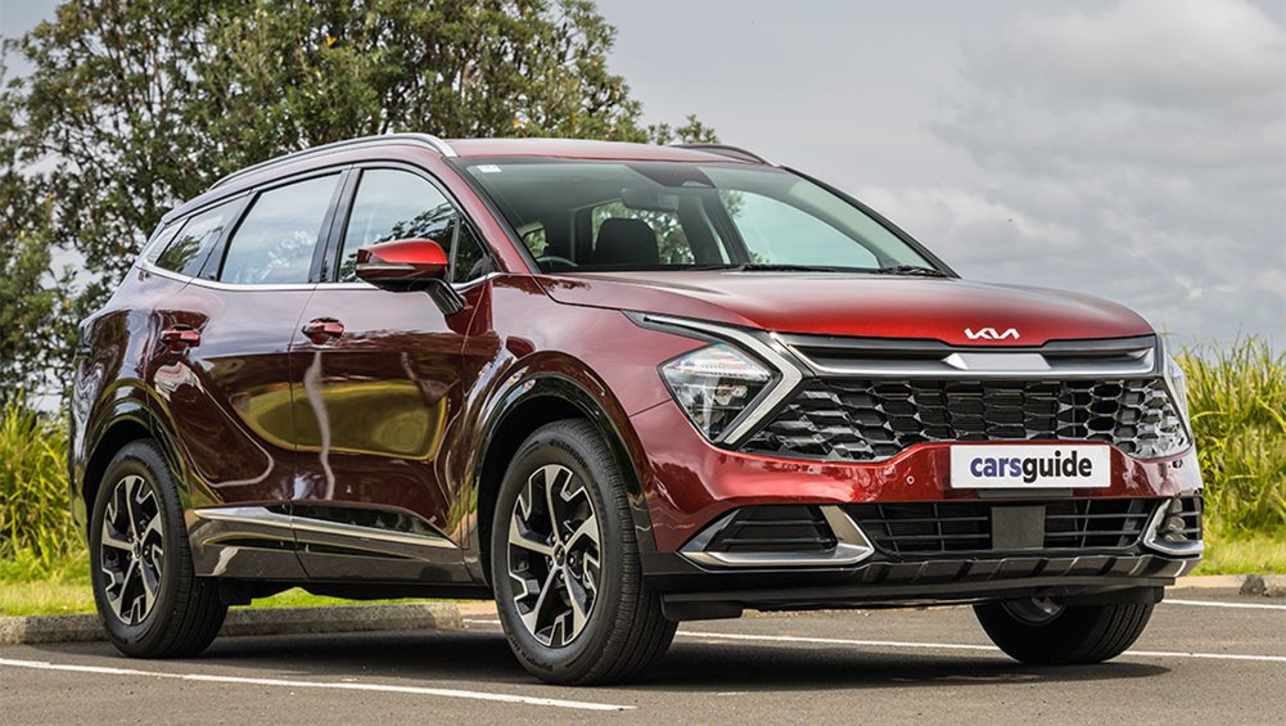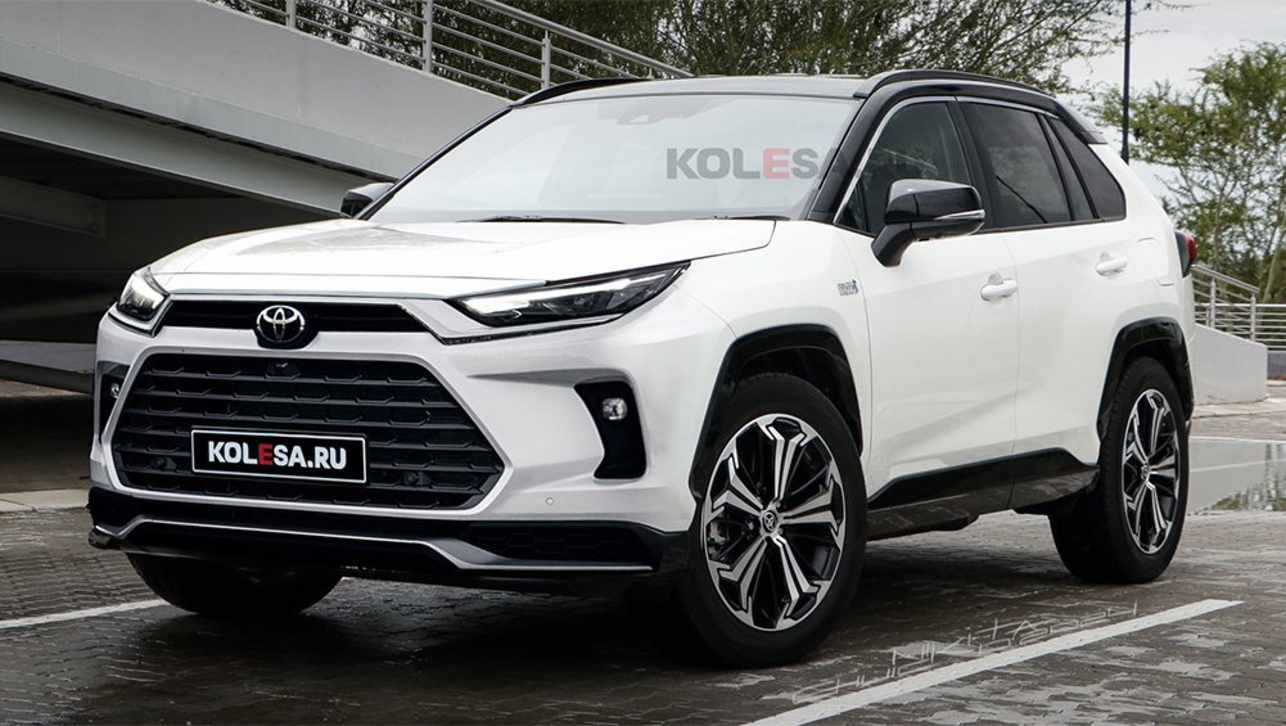Unless you were prudent enough to buy a Toyota FJ Cruiser – more on that later – most new cars are not great financial investments.
Most will depreciate to less than half their original purchase price within four years, and then continue to slide until they’re eventually worn out and only worth scrap value, while always requiring regular time and money-consuming maintenance as well as, all-too often, unexpected and expensive repairs.
This automotive cycle of life, with its planned obsolescence, keeps the factories humming and the cash registers ringing. We’ve come to accept it as normal.
Throughout the global pandemic, however, nothing has been normal, and some models have bucked the depreciation trend – or, at the very least, are stalling the inevitable fall, as buyers scramble to buy solid and reliable used vehicles. They’re paying over the odds compared to even just 12 months ago.
If you're a buyer, bad luck; but if you're a seller, there's good money to reap.
To spot the used movers and shakers, keep in mind this simple formula: High Resale = Booming Segment + Model Reputation + Waiting List. And it’s more obvious than you might think.
To save you the time researching by trawling the second-hand classifieds, near-new SUVs, small cars and pick-up trucks are at the ground zero of frenzied buying activity.
This is partly because some of the key players – namely the Toyota RAV4 hybrid and latest Isuzu D-Max – are currently enjoying long waiting lists of between six to 12 months if purchased new, as global supply struggles to meet growing demand in the face of production and components shortages.
Essentially, this means that most medium-sized SUVs up to five years old have defied gravity and risen in value over the past year – and in some cases by way over 30 per cent. This segment of vehicle in now firmly entrenched as our nation’s family vehicle of choice, requiring only a dozen years to obliterate the decades-old Holden Commodore/Ford Falcon duopoly. These are now Australia’s Own.
Consider the RAV4. A 2014-2018 RAV4 GX AWD auto in early 2020 with under 100,000km on the odometer was hovering at between $16,000 and $25,000; today, the same grade – a year older than before, remember – can now be found from $25,000 to $35,000.
So, let’s apply our formula here. The Toyota is a first-class example because no medium SUV has quite the same, lofty reputation for reliability and durability as the class-pioneering RAV4 (diesel-engine excepted), and that on certain hybrid models you may have to wait most of this year out for delivery of a new one.
The same more or less applies to the Subaru Forester, Honda CR-V and Mazda CX-5 – two very strong performers with strong, consistent followings; if you own one of these, look after it and don’t pile on too many kilometres, because you’ll probably receive a much higher chunk of your original outlay back (if bought before 2020) now than if you tried offloading a year ago. Or, in a year’s time for that matter, all going well with fighting the pandemic.
Other popular models include the Hyundai Tucson, Kia Sportage, Nissan X-Trail, Mitsubishi Outlander, Volkswagen Tiguan and Ford Escape.
The same percentage rises – of up to 30 per cent if with low kilometres and in good nick – is also evident in the booming small SUV segment, and predictably with the same brands, so we’re talking the Mazda CX-3, Subaru XV, Honda HR-V and Toyota C-HR.
The latter – a larger contender than the class norm – was on track to slip below $16,000 in 2019, but now even higher-mileage examples are well over $20,000 again. Same goes for the Hyundai Kona, Nissan Qashqai and Suzuki Vitara. Even perennial class-favourite the Mitsubishi ASX has shown similar fountain-of-youth-style firmer residuals – and that’s now 11 years on the market and counting.
Now here's an anomaly. While new small-car contenders like the Mazda3 have seen their sales slide significantly in recent years, their values have hardened substantially lately; a nicely maintained 2014 Corolla Ascent auto costing $11,000 in early 2020 is now a $16,000 proposition; a 2015 Mazda3 Neo auto at $15,000 is now $20,000 today, as is a 2017 Ford Focus Trend and Hyundai i30. And a 2018 Honda Civic that was $20,000 is now north of $25K.
Then there are the trusty second-hand pick-up trucks that help keep our wheels of industry turning. Great news if you're off-loading, but bad news if you're an apprentice seeking an inexpensive workhorse. If you’re after a near-new dual-cab 4x4 from Toyota (HiLux), Ford (Ranger), Holden (Colorado), Nissan (Navara) or Mitsubishi (Triton), all too have jumped by over 20 per cent lately. This means that it’s slim pickings for these if you need a recent low-kilometre mid-grade auto like the Ranger XLT (never mind a Wildtrak).
Even the traditional value-orientated trucks – like the Triton – have risen. In July 2020, a 2017 GLX+ could be had for $35,000 with fewer than 20,000km on the odo; that’s now shot to around $45K.
Staying with 4x4s, the reality is even more dire for buyers seeking family escape wagons.
Anything clean and cared-for with a Toyota (Prado or LandCruiser) badge seems to have commanding a 50 per cent premium over the past year or so, as many families are confined to camping and caravan holidays within their states and territories. Decent Mitsubishi Pajeros and Nissan Patrols are within the same price-rise percentage ballpark, with decade-old examples of the former now up again past $30,000 while later diesel-powered Y61 Patrols also from the 2010s are punching beyond $50K again.
But the real winners are owners of the FJ Cruiser.
A late, 50,000km example of Toyota's millennial retro 4x4 will set you back at least $60,000 in today’s used-car scene – that’s more expensive than when the car was new ($46,990 before on-road costs in 2016).
Our advice, then, is to sell, sell, sell… or, if you’re in the market, to hold-off buying a near-new vehicle at these inflated prices, especially if our High Resale = Booming Segment + Model Reputation + Waiting List formula applies to the car, SUV or truck that takes your fancy.
Remember, some deft haggling at a dealership might even snag you an actual new model or demo for not much more money. And this current bubble has to burst.







.jpg)
.jpg)




.jpg)
.jpg)





.jpg)
.jpg)








Comments